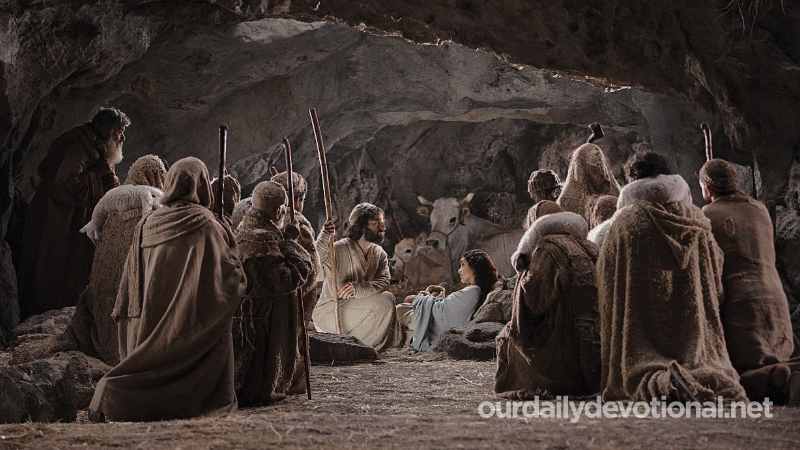Statuettes of domestic gods that did not represent a particular deity. They were of different sizes (Gen. 31:19, 30, 34; 1 Sam. 19:13), and it is likely that they were considered good luck charms; they were asked questions (Ez. 21:26; Zech. 10:2).
The name is plural, but sometimes has the meaning of a singular (1 Sam. 19:13).
The Babylonians had teraphim (Ez. 21:26). Rachel took Laban's (Gen. 31:19, 34) without Jacob knowing it (Gen. 31:32).
After the slaughter of Shechem, the patriarch had all the foreign gods of his clan members removed and buried them (Gen. 35:2-4).
In the time of the Judges, a man named Micah owned a private sanctuary with a priest, ephod, teraphim (Judges 17:5) and also metal idols (Judges 17:4; 18:14). Some men from the tribe of Dan took them for their own use (Judg. 17:20).
Samuel assimilated the cult of the teraphim with sorcery (1 Sam. 15:23). Michal, David's wife, seems to have practiced it (1 Sam. 19:13). It was also practiced by the Israelites of the northern kingdom (Hos. 3:4).
King Josiah destroyed the teraphim and the other idols (2 Kings 23:24). After the exile, there were Israelites who still consulted the teraphim (Zech. 10:2).
Meaning of TERAPHIM
Statuettes of domestic gods that did not represent a particular deity. They were of different sizes (Gen. 31:19, 30, 34; 1 Sam. 19:13), and it is likely that they were considered good luck charms; they were asked questions (Ez. 21:26; Zech. 10:2).







